Optimal Timing for Tree Removals

Spring is ideal for tree removal when trees are still dormant, reducing stress and promoting quicker recovery.

Summer can be suitable for removals, especially when trees are fully leafed, but care must be taken to avoid heat stress.
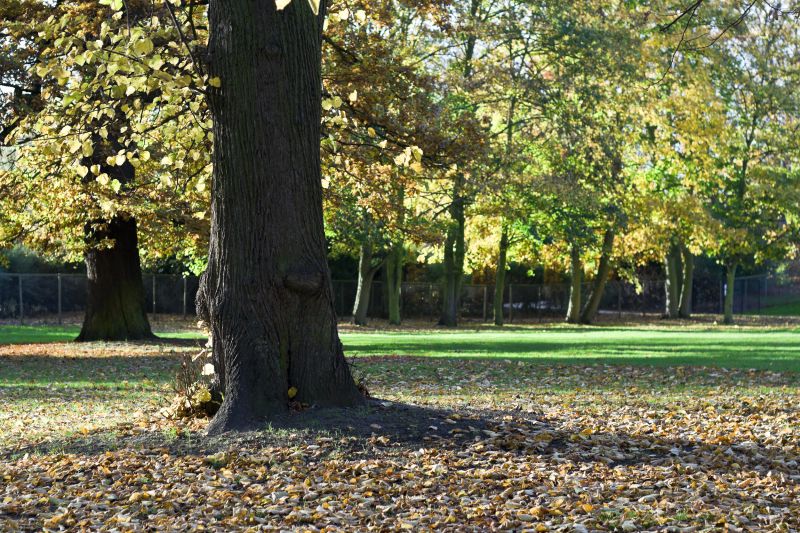
Fall offers a good window for tree removal before winter, with trees preparing for dormancy.
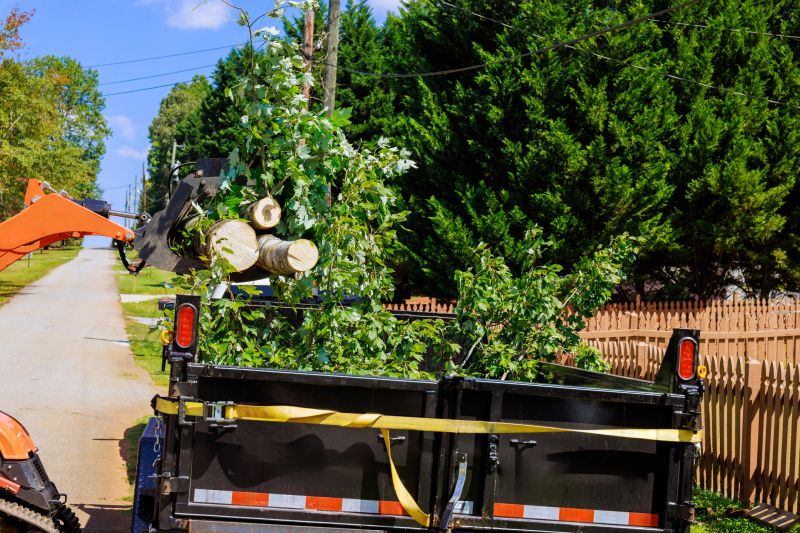
Ways to make Tree Removals work in tight or awkward layouts.
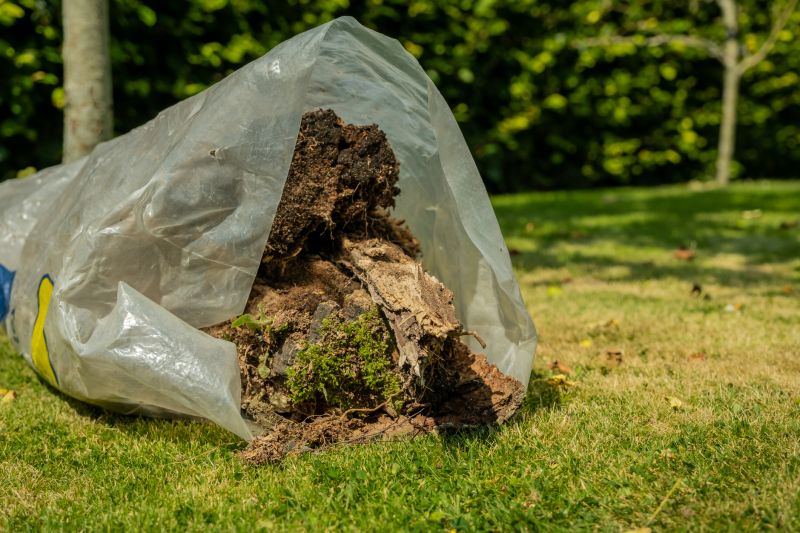
Popular materials for Tree Removals and why they hold up over time.

Simple add-ons that improve Tree Removals without blowing the budget.
Tree removals are most effective when performed during specific times of the year, depending on the tree species and local climate conditions. The dormant seasons, typically late fall through early spring, are often preferred because trees are less active, which minimizes stress and potential damage. Proper timing can also reduce the risk of pests and disease spread, which are more prevalent during warmer months.
Statistics indicate that over 60 percent of tree removals are scheduled during the dormant seasons to ensure safety and health of remaining vegetation. Additionally, working during these times can improve the efficiency of the removal process, as soil conditions are often more stable and less prone to compaction or erosion.
Removals during dormancy reduce stress on remaining trees and minimize pest activity.
Choosing the right season depends on weather patterns, avoiding periods of heavy rain or snow.
Some species are better removed during specific seasons to prevent damage and promote regrowth.
Timing affects landscape recovery, with early spring or fall allowing quicker restoration.
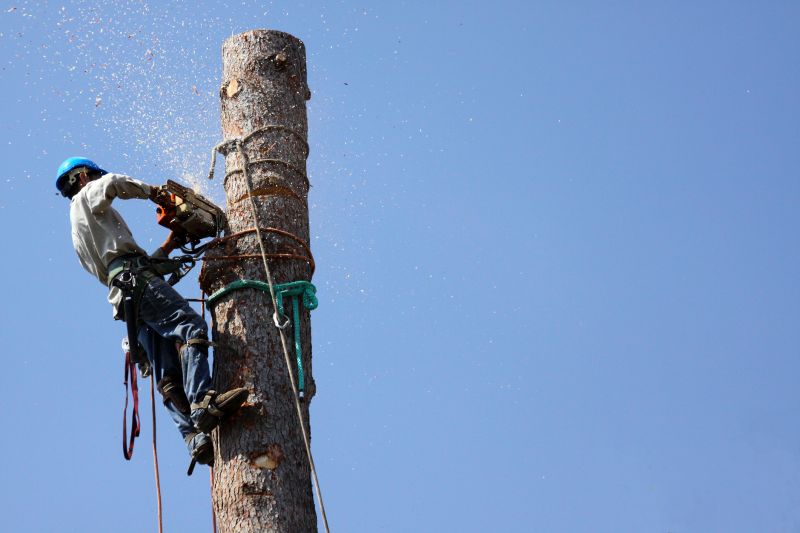
Specialized tools are used for safe and efficient tree removal.
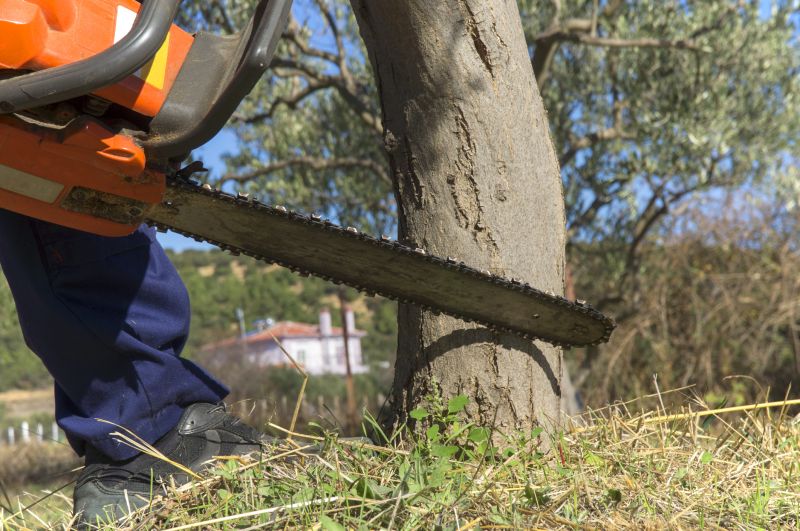
Careful planning ensures minimal impact on surrounding landscape.
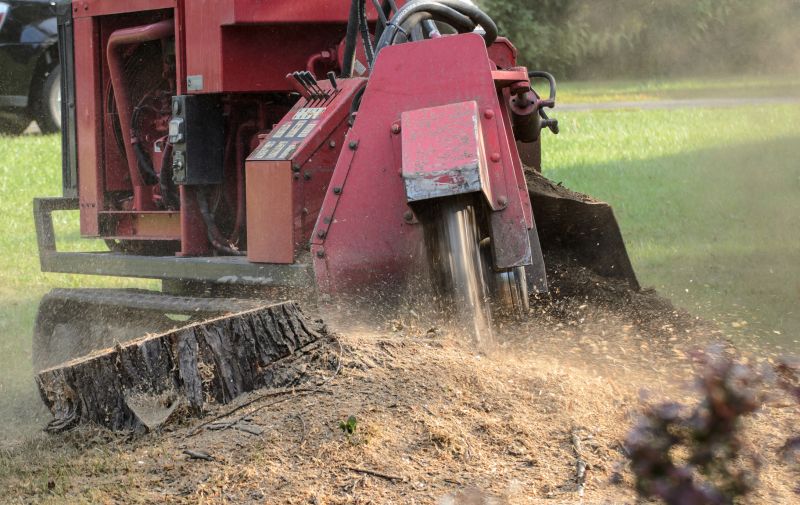
Post-removal stump grinding helps prepare the site for future planting.
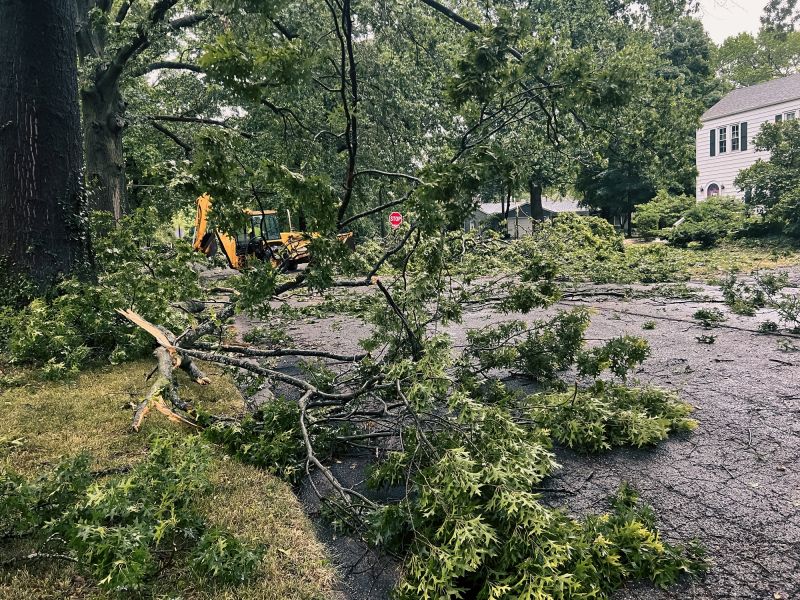
Branches and debris are responsibly removed and recycled when possible.
| Season | Best for Tree Removals |
|---|---|
| Late Fall | Ideal, as trees are dormant and weather is cooler |
| Winter | Suitable, with minimal leaf cover and soil stability |
| Early Spring | Good before new growth begins |
| Summer | Possible but less preferred due to heat and leaf cover |
| Late Spring | Less ideal, as trees are actively growing |
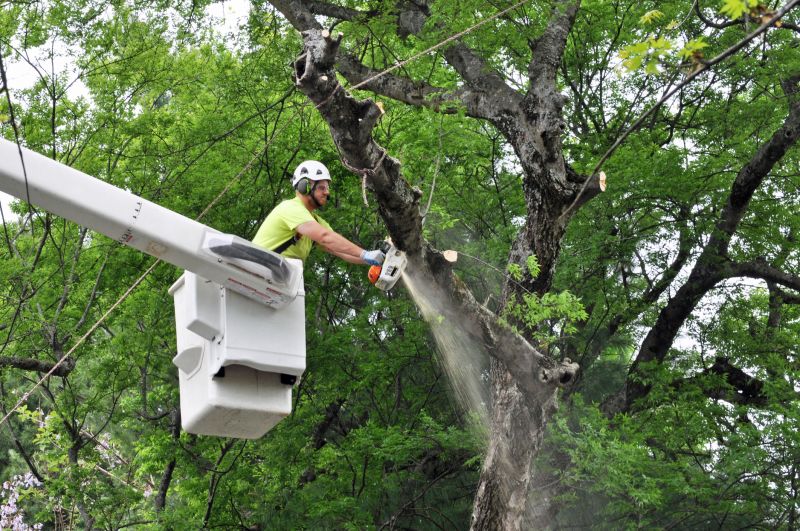
Proper planning ensures safety and efficiency during removal.
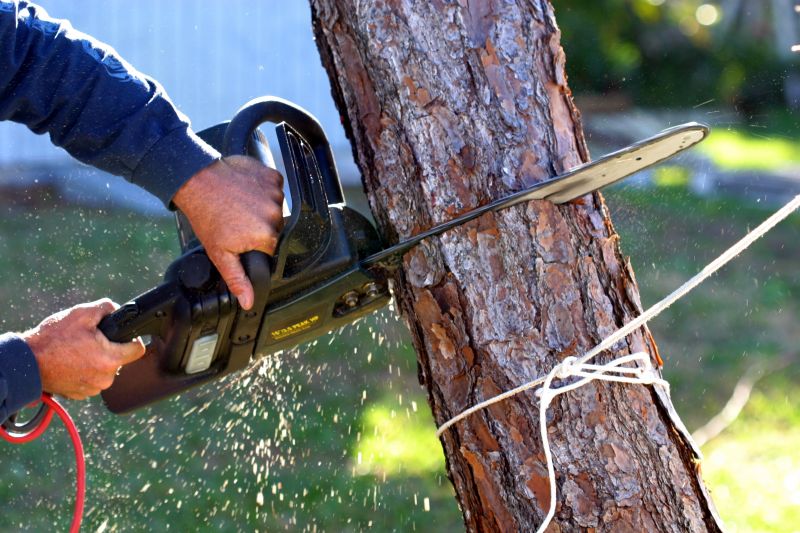
Strategic cuts prevent damage to property and surrounding trees.
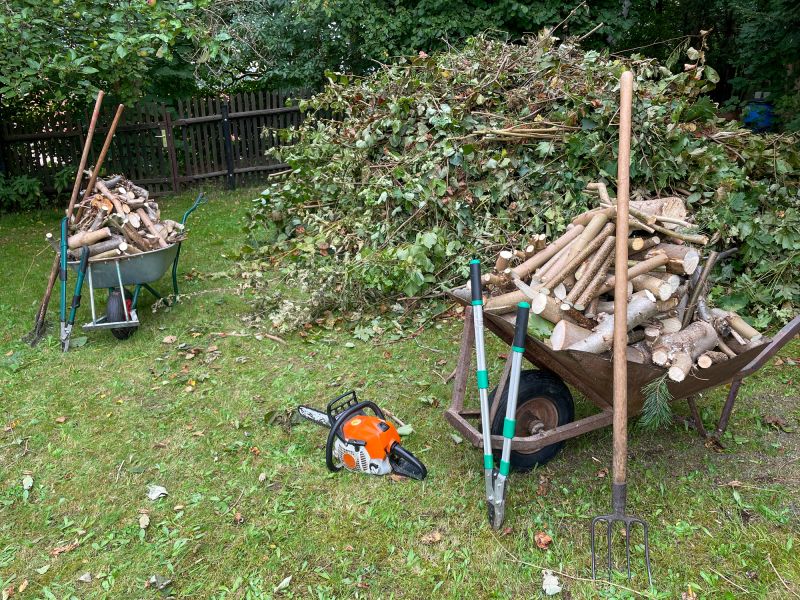
Removing debris maintains landscape aesthetics and safety.
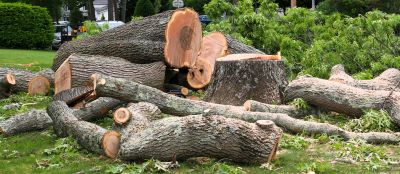
Replanting or landscaping can follow tree removal for visual appeal.
Choosing the optimal time for tree removal can influence safety, cost, and landscape health. It is recommended to schedule during the dormant season to minimize disruption and promote healthy landscape recovery. Proper timing also helps prevent pest infestations and disease transmission, which are more common during active growth periods.
Interested parties should consider consulting with local tree removal professionals to determine the best timing based on specific tree species and site conditions. Filling out a contact form can provide access to expert advice tailored to Longview, TX.
